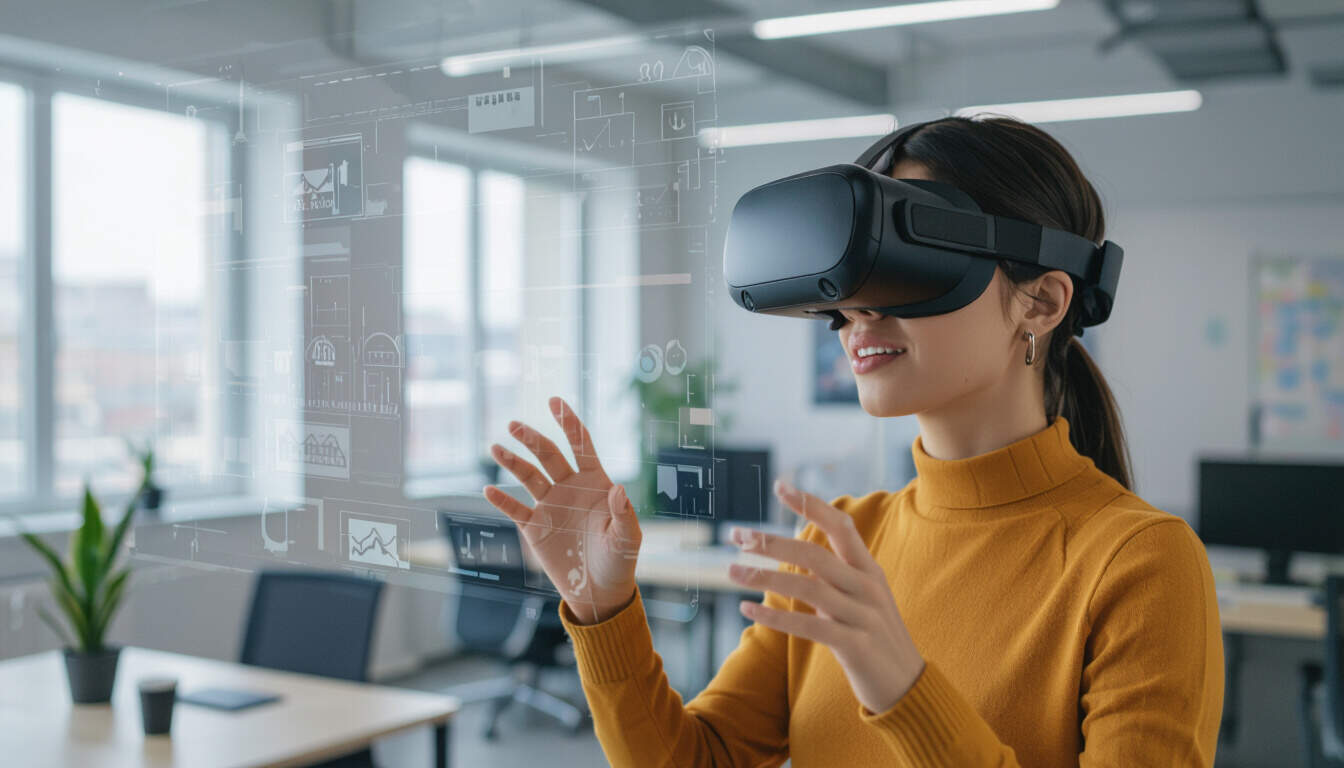No-Code VR Tools for Effective MVP Validation
 by Lilian Nienow
by Lilian Nienow
Discover how no-code VR tools simplify the process of validating minimum viable products for entrepreneurs and startups. Learn practical strategies to build and test VR experiences without coding, saving time and resources while gaining valuable insights.

No-code VR tools offer a straightforward way for entrepreneurs and product managers to create virtual reality experiences without needing programming skills. These tools make it possible to prototype and validate ideas quickly. For instance, no-code VR tools allow users to design immersive environments using simple drag-and-drop interfaces.
One key advantage is the speed of development. By eliminating the need for coding, teams can focus on core ideas and gather feedback early. This approach helps in identifying potential issues before full investment. MVP validation becomes more accessible, enabling rapid iterations based on user responses.
In practice, many tools provide pre-built templates that can be customized easily. Users can add interactive elements like 3D objects or navigation paths with minimal effort. This democratization of technology means that even small startups can compete in the VR space.
Consider the process of building a VR prototype for a new training application. First, select a tool that supports VR creation through visual interfaces. Then, assemble basic scenes using available assets. Once ready, share the prototype with potential users to collect data on engagement and usability.
Strategies for effective use include starting with a clear goal. Define what aspects of the VR experience need testing, such as user interaction or visual appeal. Testing phases should involve real users to ensure the prototype meets expectations.
Key Strategies for MVP Validation
To maximize the benefits, follow these steps:
- Plan your prototype: Outline the core features and user flows before starting.
- Build iteratively: Begin with a simple version and add complexity based on initial feedback.
- Gather data: Use built-in analytics to track user behavior and preferences.
- Refine based on insights: Adjust the design according to what works best.
These steps help in creating a validated product that resonates with the audience. For example, a startup developing a VR fitness app might use no-code VR tools to test different exercise routines. By observing how users interact, they can refine the app to improve retention.
Another important aspect is integration with other platforms. Some tools allow exporting prototypes to various devices, making it easier to reach a wider audience. This flexibility supports comprehensive validation across different environments.
Challenges may arise, such as ensuring compatibility with VR hardware. However, most no-code platforms handle these details automatically. Users can focus on creativity rather than technical hurdles.
In terms of cost, these tools are often affordable or even free for basic use. This lowers barriers for startups operating on tight budgets. Over time, successful validation can lead to scaled development if needed.
Real-world applications show promising results. For instance, educational projects use VR to simulate scenarios, allowing students to practice in a safe setting. Through MVP validation, creators can confirm if the simulations are effective before wider rollout.
Ultimately, adopting no-code VR tools empowers teams to innovate confidently. By prioritizing user feedback and quick prototyping, entrepreneurs can bring ideas to life efficiently. The ability to test and refine without extensive resources opens doors for more inclusive innovation.
To wrap up, embracing these tools can transform how ideas are brought to market. With the right strategies, anyone can validate a VR concept and move forward with assurance.
